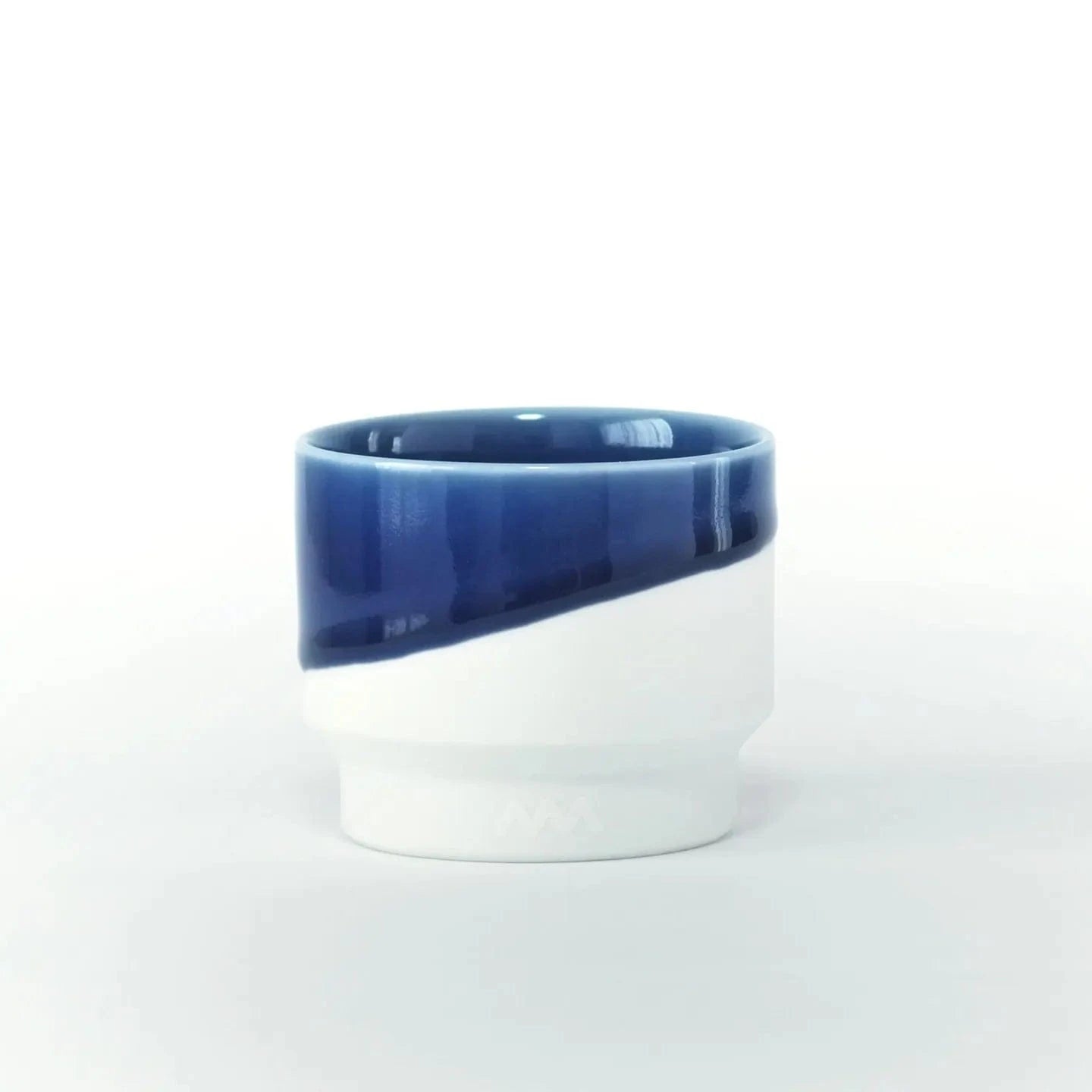
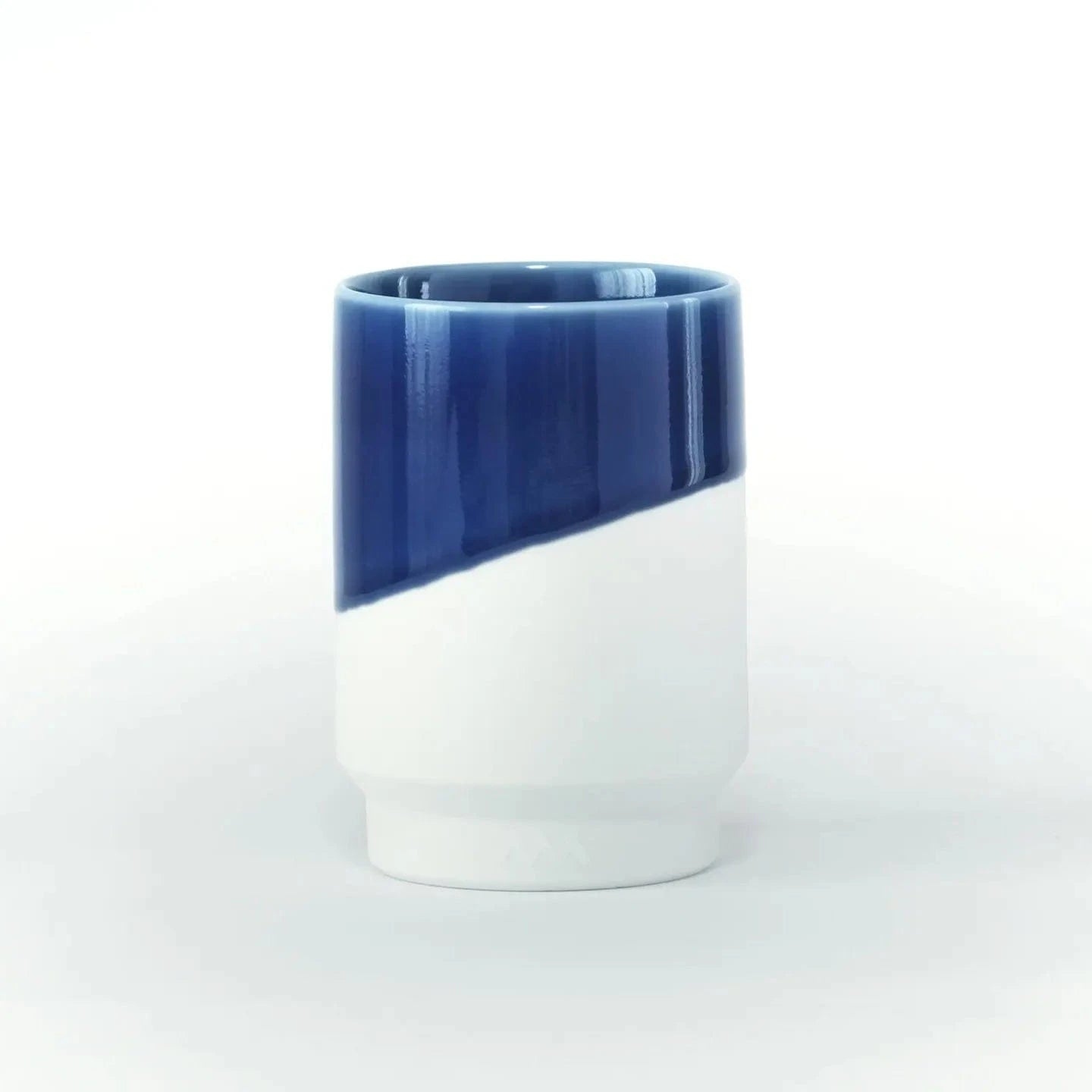
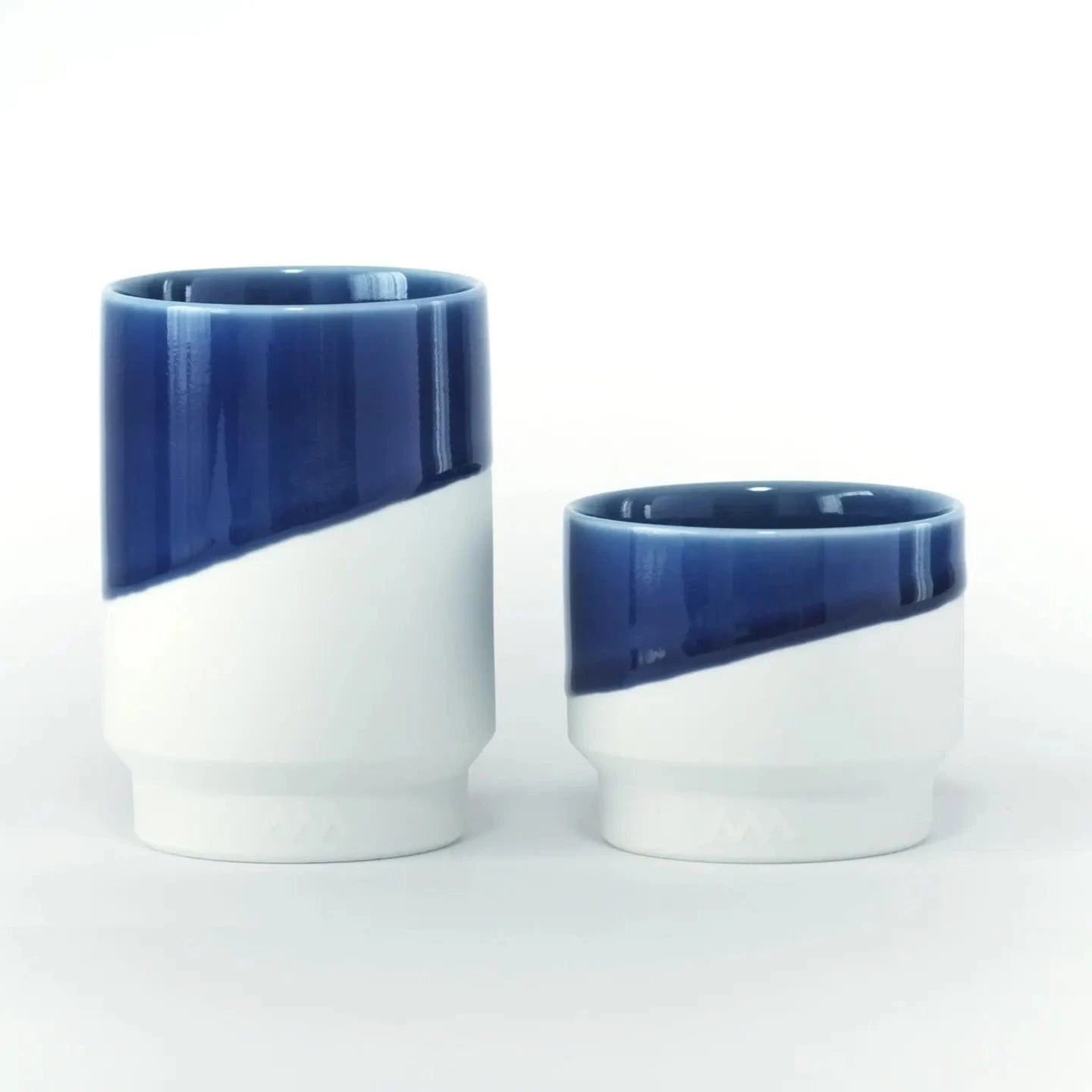
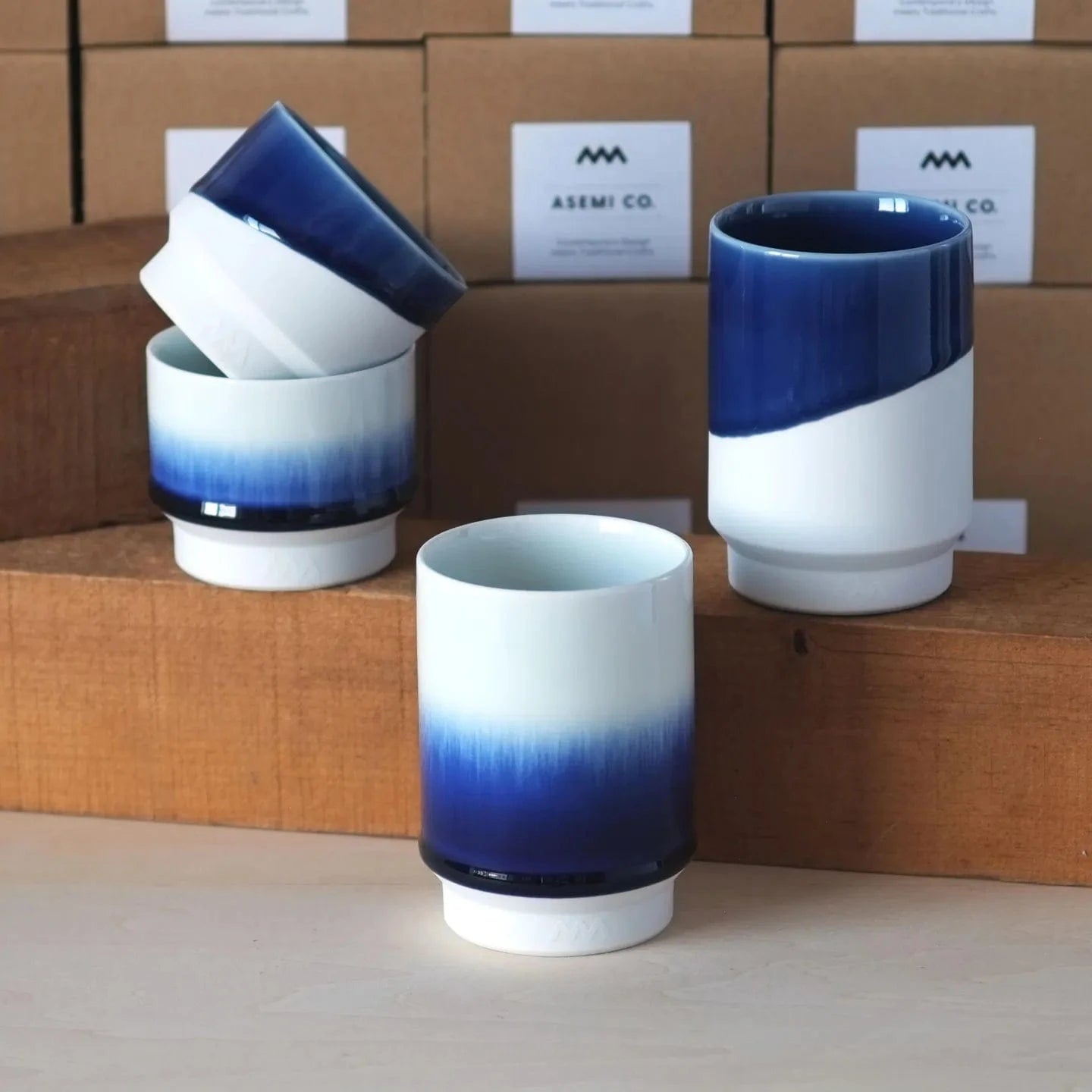
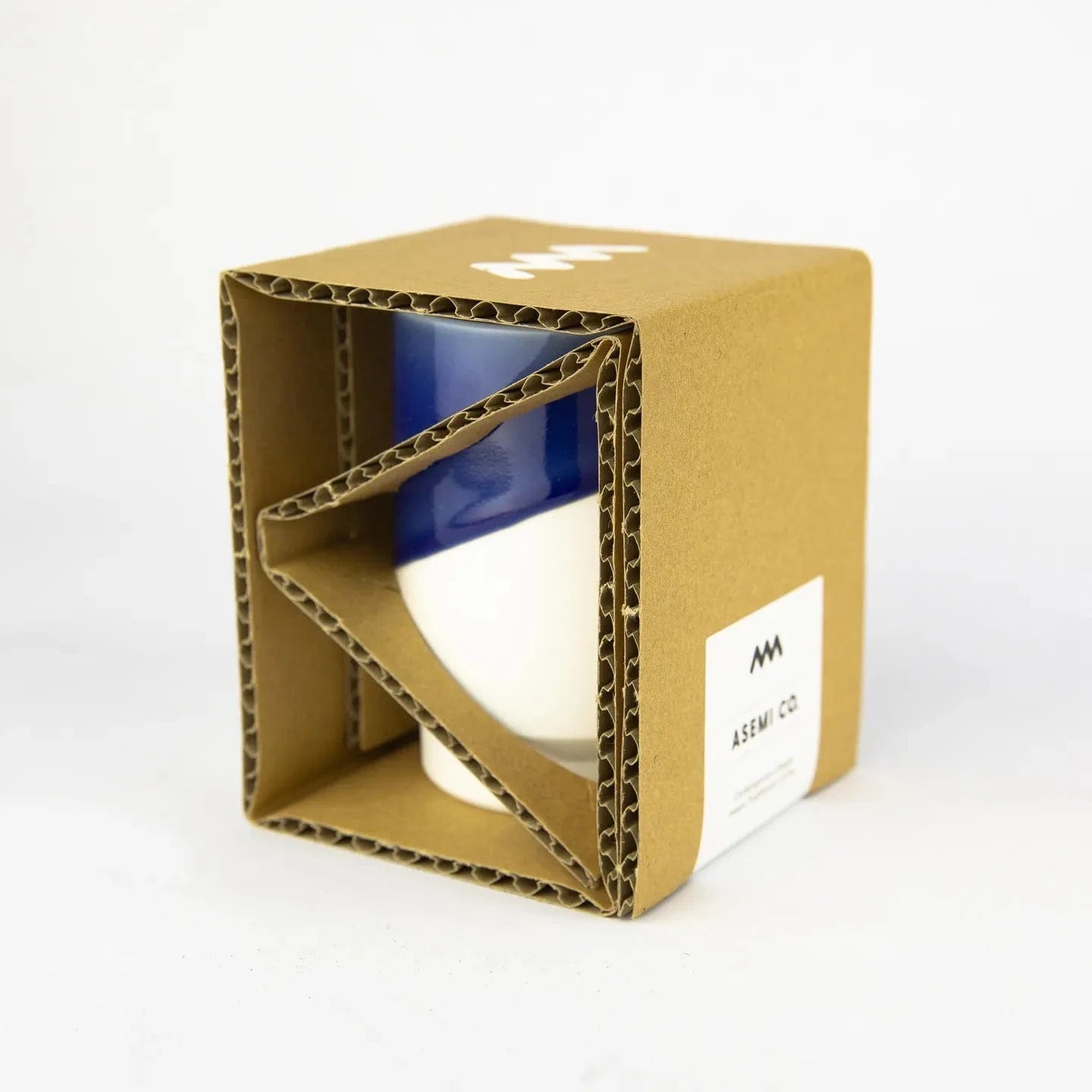
Hasami Ware Cup – Diagonal Indigo - Small
Fast & Secure Delivery from Japan to your Door [Shipping Policy]
Shop Safely with Encrypted Checkout and Verified Gateways.
Pairs well with

Hasami Ware Cup – Diagonal Indigo - Small
If you have any questions, you are always welcome to contact us. We'll get back to you as soon as possible, within 24 hours on weekdays.
-
Shipping Information
Use this text to answer questions in as much detail as possible for your customers.
-
Customer Support
Use this text to answer questions in as much detail as possible for your customers.
-
FAQ’s
Use this text to answer questions in as much detail as possible for your customers.
-
Contact Us
Use this text to answer questions in as much detail as possible for your customers.
Minimal form meets 400 years of ceramic excellence
A perfect balance of craftsmanship and modern form, the Hasami Ware Cup – Diagonal Indigo (Small) by Asemi Co. brings over 400 years of porcelain heritage from Nagasaki into your daily rituals.
Each 3.4 oz (100 ml) cup is hand-finished with a striking deep indigo glaze, contrasted by the clean geometry of the unglazed white porcelain body. The signature diagonal split is a hallmark of Asemi Co.'s refined minimalism, bringing sculptural beauty to a functional object.
Compact and lightweight, it's the perfect size for a morning espresso, a ceremonial matcha, or an elegant serving of chilled sake. The high-fired porcelain offers a smooth, cool touch while retaining warmth, making every sip a tactile pleasure.
This piece comes packaged in a protective, sustainable Asemi Co. box, making it a thoughtful gift or a lasting personal treasure.
Product Information
Care instructions
Note
FAQs
All you need to know about the Japanese Pottery Styles.
What are the major traditional styles of Japanese pottery?
Japan is home to a rich diversity of regional pottery styles, each with distinct techniques and aesthetics. Notable types include:
Bizen ware (備前焼): Unglazed stoneware fired for days, known for its earthy, fire-marked surface.
- Shigaraki ware (信楽焼): Rustic, coarse clay pieces with ash glaze and warm tones.
- Oribe ware (織部焼): Recognized by green copper glaze and bold asymmetrical designs.
- Shino ware (志野焼): Thick white glazes with soft textures and iron brushwork.
- Kutani ware (九谷焼): Vivid overglaze porcelain with rich, multicolored painting.
- Hasami ware (波佐見焼): Refined porcelain with clean forms and modern simplicity.
- Arita ware (有田焼): Delicate blue-and-white porcelain, often highly decorative.
How are these traditional styles used in modern homes?
While rooted in history, Japanese pottery is widely used today for both everyday and decorative purposes.
- Bizen and Shigaraki ware are often used for flower vases, tea utensils, or minimalist home décor.
- Hasami and Arita ware are favored for daily tableware due to their durability and elegant simplicity.
- Oribe and Shino ware are appreciated for tea ceremony use, but are also integrated into eclectic dining sets.
- Kutani ware is typically used for formal dining and artistic display due to its vivid ornamentation.
Can traditional Japanese pottery go in the microwave or dishwasher?
It depends on the style and glaze.
- Porcelain types like Hasami and Arita are usually microwave and dishwasher safe.
- Stoneware types such as Bizen or Shigaraki, which are porous and unglazed, should be hand-washed and kept out of microwaves.
Always check product-specific care instructions, as handmade items may vary.
Are Japanese pottery pieces suitable for Western dining settings?
Absolutely. Japanese ceramics pair beautifully with Western cuisine and interiors. Their natural textures, varied glazes, and elegant imperfections add warmth and individuality to any table. For example:
- A Shino ware bowl elevates pasta with rustic charm.
- A Kutani porcelain plate makes desserts visually stunning.
- A Bizen sake cup can be repurposed as an espresso shot glass or dipping bowl.
Why is handmade Japanese pottery often more expensive?
Handmade Japanese pottery reflects generations of skill, regional materials, and artisanal firing methods. The unpredictability of wood-fired kilns, hand-glazing, and limited production runs all contribute to each piece’s uniqueness—and value. In contrast to mass-produced ceramics, you're purchasing a piece of living cultural heritage. Many customers find that the emotional resonance and durability of these pieces more than justify the price.

